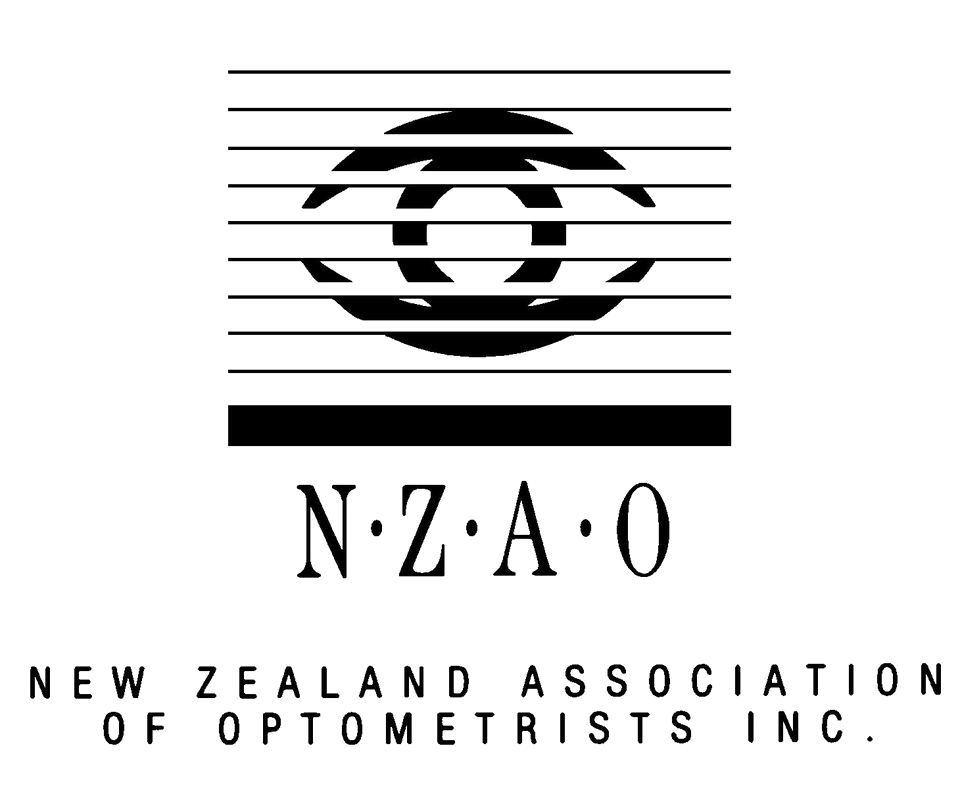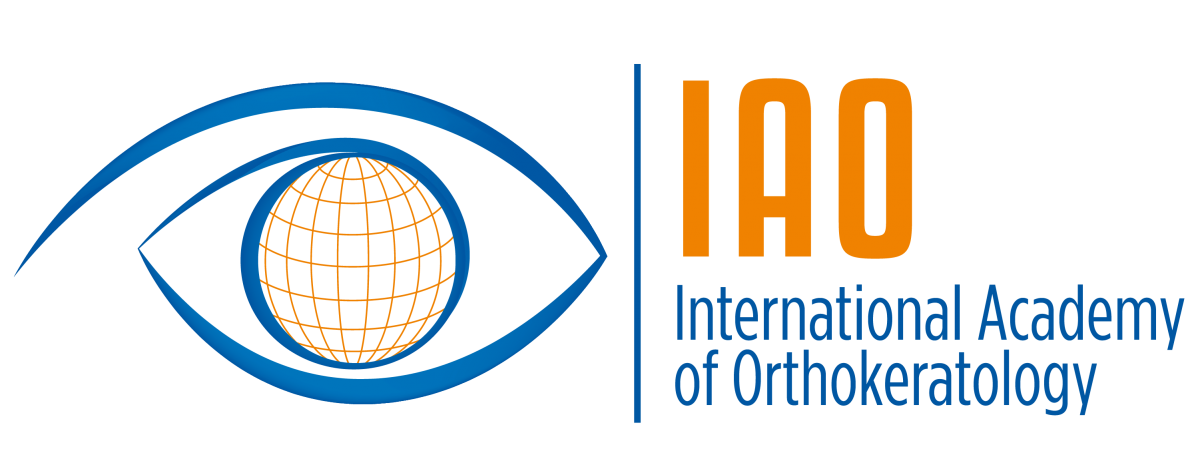Our optometrist Aidan Quinlan demonstrating how the LLLT treatment mask works.
Bay Eye Care was the first practice in Tauranga to offer light-based therapy for dry eye disease, with Intense-Pulsed Light (IPL) treatment being available in 2017. Countless patients have had excellent clinical and symptom relieving results with IPL treatment for dry eye disease since then.
We now have a second light-based treatment available to treat dry eye disease due to meibomian gland dysfunction (MGD), in the form of low-level light therapy (LLLT), as an alternative option for mild-moderate dry eye cases, or to complement IPL in moderate-severe cases.
What is Low-Level Light Therapy?
LLLT is a unique technology of photobiomodulation (PBM). It has been used for many years in various fields of medicine including ophthalmology, dermatology and dentistry.
An emission of light at different wavelengths causes reactions at cellular level. Red low level light used in the treatment of meibomian gland dysfunction stimulates the energy-generating mitochondria in our bodies’ cells, which in turn generates endogenous heat. This facilitates the melting of the meibum (oil) from the meibomian glands in our eyelids, unblocking stagnant oils, and assisting the glands to return to their normal function.
An increase in the cellular activity of the meibomian glands activity is also triggered, providing long term benefits.
What is involved with LLLT treatment?
The view of the array of red LED on the inside of the LLLT treatment mask.
An initial dry eye assessment is required to determine whether Low Level Light Therapy is the most appropriate treatment for you. Once this has been decided, each Low Level Light Therapy session takes around 30 minutes in total. Typically three treatments are required over a 3 week period.
One advantage of LLLT compared to other light based therapies is that no protective goggles or insulating gel is required. Treatment involves wearing a mask with an array of bright red LEDs on the inside, which is gently positioned onto the upper face. Once the treatment session begins, a warm red light will be applied for ~15mins. Following this your optometrist will provide an in-clinic meibomian gland expression on your lower and upper eyelids to secrete the softened oils. Many patient notice immediate improvement in how their eyes feel after the first few treatments.
LLLT + IPL Combination treatment
LLLT (right) can be used in conjunction with IPL treatment (left) for optimal clinical improvement in moderate-severe dry eye disease.
For those patients with moderate to severe signs or symptoms of meibomian gland dysfunction, your optometrist may recommend combining the two light based treatments we have available, LLLT and IPL, for maximal clinical effect. Studies support the safety and effectiveness of this combination treatment. These treatments target different aspects of the disease process (LLLT works to increase cellular metabolism and create heat which softens meibomian gland oils, whereas IPL targets the inflammatory processes and abnormal blood vessels in the skin which affect the meibomian glands).
More information about the costs of LLLT and combination LLLT+IPL therapy can be found on our Bay Eye Care Fee Structure page. Our detailed LLLT for dry eye information sheet can also be downloaded here.







